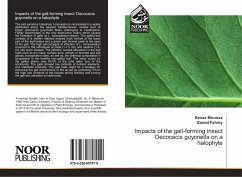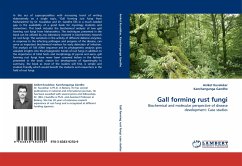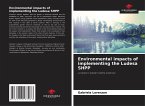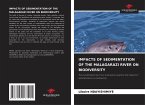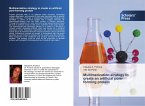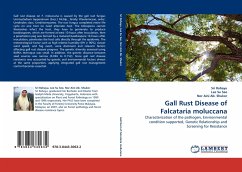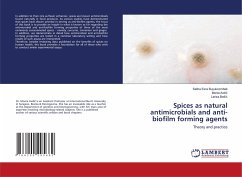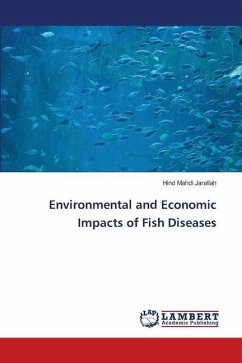The salt excreting halophyte Limoniastrum monopetalum is widely distributed along the western Mediterranean coastal land of Egypt. Oecocecis guyonella Boiss. (belonging to Lepidoptera; Family Gelechiidae) is the only destructive insect, which causes the formation of galls on L. monopetalum leaves. The galled leaf consists of a swollen elliptical shaped body formed at the basal part of the leaf lamina and a green part termed peak at the apex of the gall. The high percentages of infection of L. monopetalum occurred in the individuals of small (1-1.5 m2) and medium (1.5-2.0 m2) cover classes. The infection caused alterations in the leaf traits such as dry mass, surface area, density of stomata and salt glands, transpiration rates, as well as, the chemical composition in comparison to the healthy non-galled leaf. The water output by the galled plants, was 83.4% of the total water loss of the community. The galls showed low contents of nutrient elements, and metabolic products. The gall traits might be a strategy for improving the gall environment of the larvae by protecting it from the high salt contents of the tissues during feeding and turning the gall less attractive to herbivores.
Bitte wählen Sie Ihr Anliegen aus.
Rechnungen
Retourenschein anfordern
Bestellstatus
Storno

